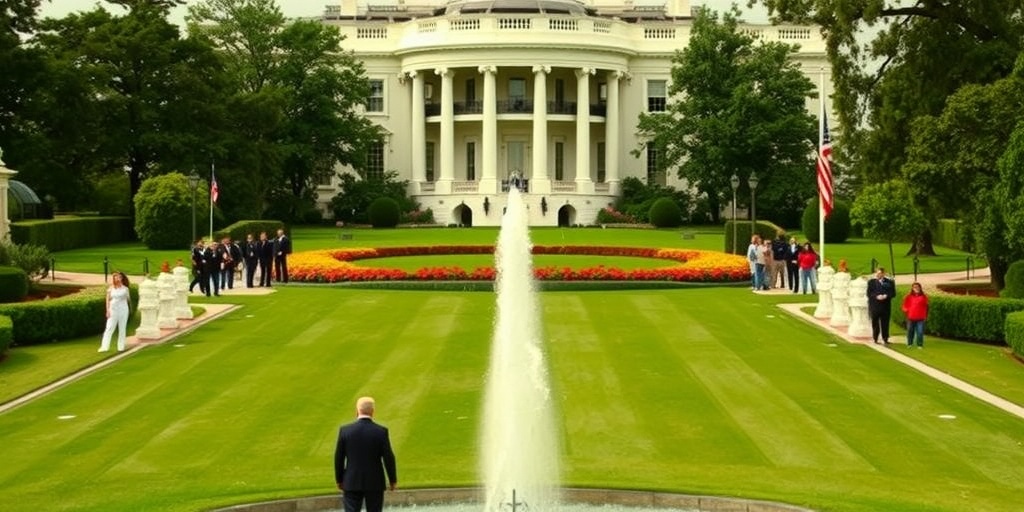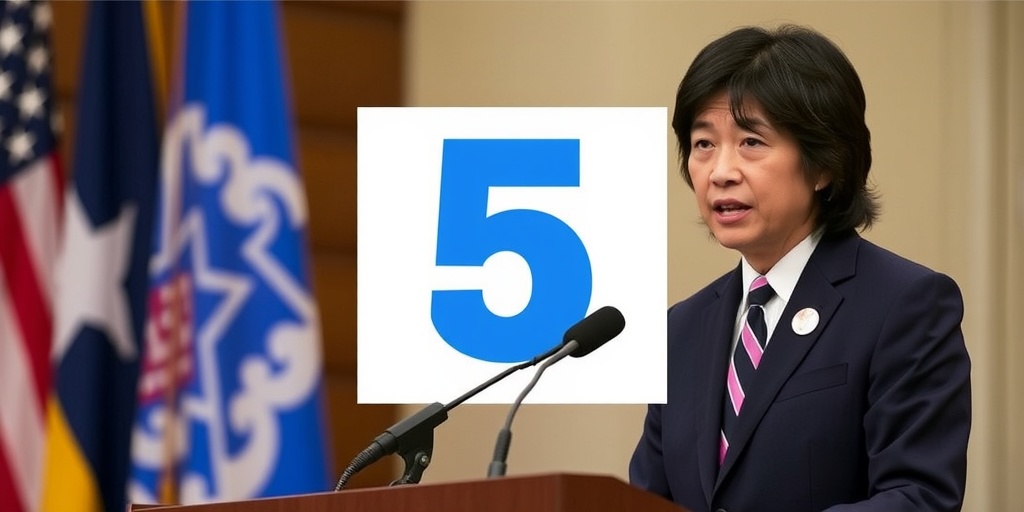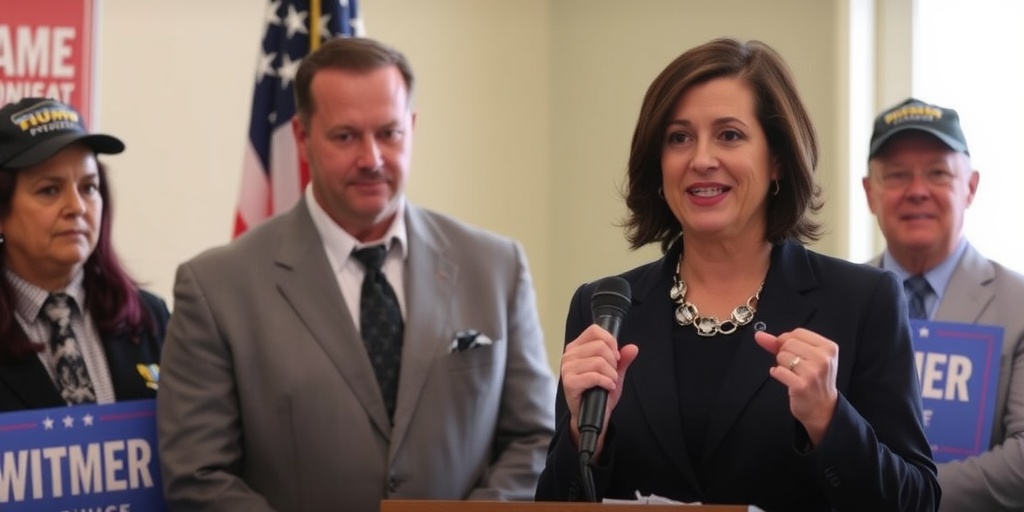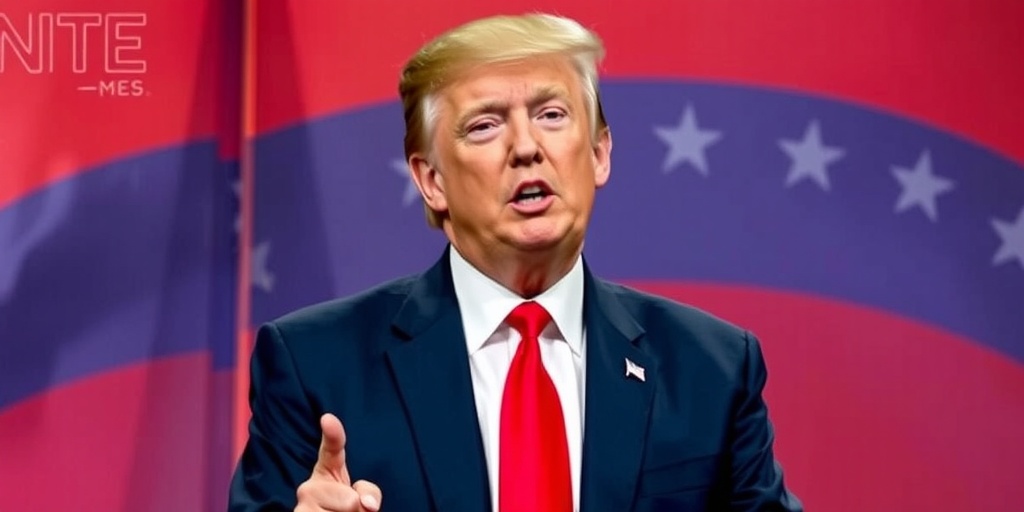Now Reading: Trump’s Move to Control the White House Press Pool: What It Means
-
01
Trump’s Move to Control the White House Press Pool: What It Means
Trump’s Move to Control the White House Press Pool: What It Means

White House Announces Changes to Press Pool Access, Sparking Controversy
On Tuesday, the White House revealed a significant shift in how the press pool covering President Trump will function, a move that marks a historic departure from practices established over the last several decades. For the first time in modern American history, the administration declared it will determine which news organizations and reporters are granted proximity to the president during key moments, including events at the Oval Office and travel on Air Force One.
This pronouncement has prompted questions regarding the nature and purpose of the press pool, how it has functioned in the past, and the implications of this new directive.
Understanding the Press Pool
The White House press pool was established during President Dwight D. Eisenhower’s administration as a practical solution to a recurring issue: determining which of the numerous White House correspondents would be present to cover the president during critical news events. Given the limited space and resources for media coverage at the White House or on the road, it became essential to create a system that could fairly rotate reporters, providing every organization with an opportunity to gather newsworthy information.
The arrangement is built on a collaboration between presidential administrations and news organizations. A small group of reporters, alongside TV cameras and photographers, serves as the eyes and ears of the wider press corps during these small settings. Historically, the White House Correspondents’ Association (WHCA), an independent organization created in 1914, has wielded the authority to select which journalists are included in the press pool. This has helped ensure that the administration could not selectively choose "friendly" reporters to cover the president.
The current pool composition consists of a variety of journalists, including representatives from wire services, print reporters, radio, and television crews, but the administration’s recent announcement could alter how these individuals are selected.
Proposed Changes and Their Implications
Press Secretary Karoline Leavitt indicated during the announcement that the White House would take control of the pool selection process, departing from the longstanding practice established by the WHCA. She stated, “Moving forward, the White House press pool will be determined by the White House press team. Legacy outlets who have participated for decades will still be allowed to join, fear not. But we will also be offering the privilege to well-deserving outlets who have never been allowed to share in this awesome responsibility.”
This shift carries concerns, especially as it empowers the Trump administration to choose which journalists communicate the president’s activities to the public. The changes occur at a time when the White House has been seen as deliberately restricting major news agencies, evidenced by their recent removal of The Associated Press from its press pool in response to the outlet’s refusal to adhere to specific editorial requests from the administration.
Additionally, various news organizations have reported being excluded from pool access, including Reuters, while others, like conservative network Newsmax and digital outlets such as The Blaze and Axios, have been welcomed into this exclusive circle.
The Role of the Press Pool
Pool reporters document the president’s remarks and activities for dissemination to the rest of the press corps. These reporters play a critical role in ensuring that the public remains informed about the president’s engagements, particularly in tight security settings. Historical instances, such as the midnight trip of President George W. Bush to Baghdad in 2003 or President Biden’s visit to Ukraine in 2023, highlight the importance of the protective pool setup, which accompanies the president to guarantee timely and accurate reporting on critical matters.
Moreover, the press pool is expected to stay alert to the president’s health and safety, a responsibility notably required after several assassination attempts directed toward past presidents. The reporters traveling with the president often remain in dedicated vehicles and waiting locations to quickly share information if a situation arises.
Looking Ahead
The White House’s newest initiative to reshape the press pool raises critical questions regarding access and representation in presidential reporting. On one hand, there is a desire to broaden the spectrum of voices heard from the administration, including influencers and podcasters. On the other, concerns persist about the implications of selectively allowing media representation––especially towards outlets perceived to be partisan or friendly toward the administration.
While the changes aim to enhance access for new media and independent journalism, the logistical and financial burdens placed on smaller outlets may dissuade participation in the press pool. Covering the workings of the White House and associated events incurs substantial costs, often reaching into the thousands or tens of thousands of dollars per individual—an expense that many smaller journalists cannot afford.
With tension surrounding press access and reporting, this is a pivotal moment to consider the future of press relations and the vital role of journalism in holding government accountable. As the White House moves to redefine its media landscape, the balance between access, responsibility, and the integrity of independent reporting will be tested in unprecedented ways.
Stay Informed With the Latest & Most Important News
Previous Post
Next Post
-
 01New technology breakthrough has everyone talking right now
01New technology breakthrough has everyone talking right now -
 02Unbelievable life hack everyone needs to try today
02Unbelievable life hack everyone needs to try today -
 03Fascinating discovery found buried deep beneath the ocean
03Fascinating discovery found buried deep beneath the ocean -
 04Man invents genius device that solves everyday problems
04Man invents genius device that solves everyday problems -
 05Shocking discovery that changes what we know forever
05Shocking discovery that changes what we know forever -
 06Internet goes wild over celebrity’s unexpected fashion choice
06Internet goes wild over celebrity’s unexpected fashion choice -
 07Rare animal sighting stuns scientists and wildlife lovers
07Rare animal sighting stuns scientists and wildlife lovers




















